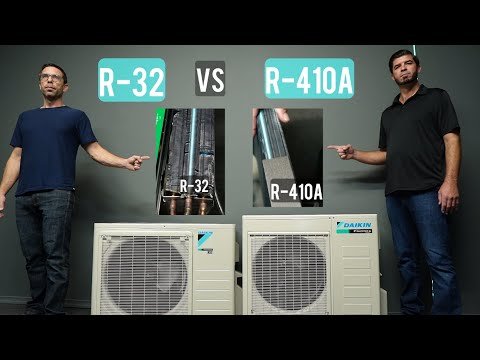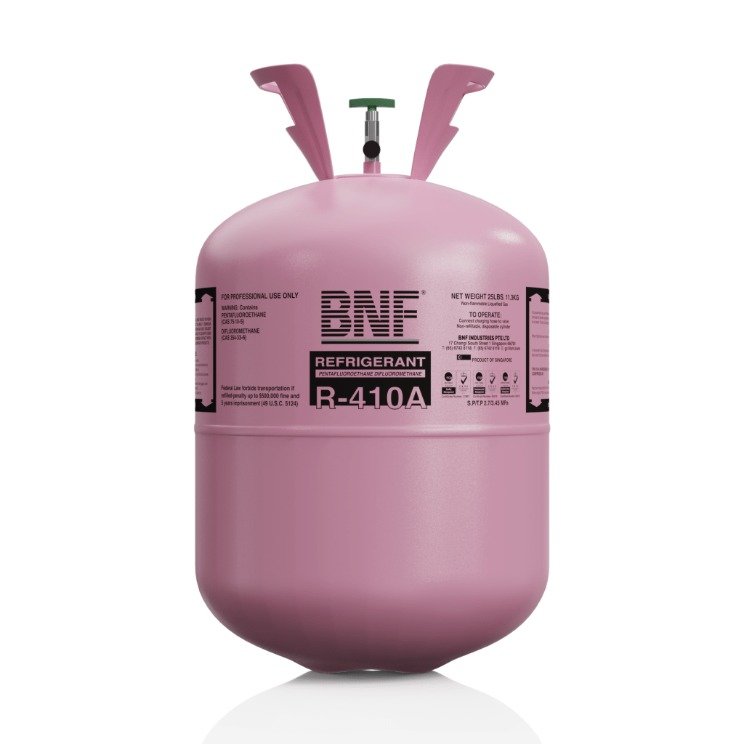No products in the cart.
Other Info
Current Market Trends: R410A Refrigerant Pricing Analysis
Understanding R410A Refrigerant Price
R410A refrigerant is widely used in residential and commercial HVAC systems. As demand for energy-efficient cooling solutions increases, the price of R410A refrigerant has become a significant factor for both consumers and contractors. In this article, we explore the current market trends affecting the R410A refrigerant price, how to purchase it, and what factors influence its cost.
Current Pricing Trends
The price of R410A refrigerant has seen fluctuations over the years due to various reasons including supply and demand dynamics, regulatory changes, and economic conditions. As of now, here are some key points regarding pricing:
- Average retail price ranges from $3 to $6 per pound.
- Wholesale prices may differ based on bulk purchasing agreements.
- Seasonal demand can drive prices higher during peak summer months.
Factors Influencing R410A Refrigerant Price
Several factors contribute to the pricing of R410A refrigerant:
- Supply Chain Issues: Disruptions in manufacturing or transportation can lead to increased costs.
- Government Regulations: Changes in environmental laws can impact production and availability, thus affecting prices.
- Market Competition: The number of suppliers and competition in the market can also dictate pricing strategies.
How to Purchase R410A Refrigerant
If you need to buy R410A refrigerant, consider the following options:
- Local HVAC suppliers often sell refrigerants directly.
- Online retailers provide convenience and competitive pricing.
- Bulk purchases from wholesalers can reduce overall costs.
FAQs about R410A Refrigerant Price
1. Why has R410A refrigerant price increased recently?
Increases in R410A refrigerant price can be attributed to supply chain disruptions, higher production costs, and increased demand for air conditioning systems.
2. How can I reduce the cost of R410A refrigerant?
Consider buying in bulk, researching and comparing prices from different suppliers, and ideally scheduling maintenance during off-peak seasons to avoid higher costs.
3. Is it legal to purchase R410A refrigerant without certification?
In many regions, it is illegal for unlicensed individuals to purchase refrigerants due to EPA regulations. Always check local laws and regulations.
In conclusion, understanding the R410A refrigerant price and the factors that influence it can help consumers make informed decisions when it comes to cooling their spaces efficiently. By keeping an eye on market trends and exploring various purchasing options, you can potentially save money while ensuring your HVAC system operates effectively.
Current Market Trends for R410A Refrigerant Pricing
Current Market Trends for R410A Refrigerant Pricing
The HVAC industry is witnessing significant fluctuations in the pricing of refrigerants, particularly R410A. As businesses and consumers alike are increasingly aware of environmental regulations and energy efficiency, understanding the current market trends for R410A refrigerant price becomes essential for making informed decisions.
Factors Influencing R410A Refrigerant Price
Several key factors are driving the current pricing trends for R410A:
- Global Supply Chain Disruptions: The ongoing effects of global supply chain issues have led to increased costs for production and transportation of refrigerants, including R410A.
- Regulatory Changes: Stricter regulations regarding HFCs (hydrofluorocarbons) are prompting manufacturers to seek alternatives or phase out traditional refrigerants, impacting R410A availability and pricing.
- Seasonal Demand: The demand for refrigerants typically rises during warmer months as cooling systems are more actively used, influencing price fluctuations.
- Raw Material Costs: The increasing cost of raw materials needed to produce refrigerants also contributes to rising prices.
Current Pricing Trends
As of late 2023, the R410A refrigerant price has seen a mix of stability and volatility. Current estimates suggest that prices may hover around $8 to $12 per pound, although this can vary based on regional differences and supplier availability.
Market analysts predict that while prices may stabilize in the short term, potential regulatory changes could lead to future increases. The push towards eco-friendlier alternatives may also gradually decrease the demand for R410A, further affecting its market price.

Future Outlook
Looking ahead, the trajectory of the R410A refrigerant price will likely be shaped by several emerging trends:
- Adoption of Alternatives: As new refrigerants are developed and accepted within the industry, the demand for R410A may diminish, which could lead to a decrease in price.
- Technological Innovations: Improved manufacturing processes may help lower production costs, potentially stabilizing prices.
- Economic Factors: Global economic conditions, such as inflation rates and currency fluctuations, will continue to play a critical role in determining future prices.
In conclusion, keeping an eye on the dynamics influencing the R410A refrigerant price is crucial for stakeholders in the HVAC sector. By staying informed about market trends, businesses can better navigate the complexities of refrigerant procurement and ensure compliance with evolving regulations.
Current Trends in R410A Refrigerant Pricing
Understanding R410A Refrigerant Pricing Trends
The HVAC industry has seen significant fluctuations in refrigerant prices over the past few years, with the r410a refrigerant price being a focal point of concern for many professionals. As a widely used refrigerant in residential and commercial air conditioning systems, understanding its pricing trends is essential for contractors, technicians, and consumers alike.
Current Market Conditions
The current market conditions for R410A are influenced by several factors, including supply chain disruptions, changes in regulations, and shifts in demand. Recent data indicates that the r410a refrigerant price has experienced increases due to tighter supply and rising production costs. Manufacturers have faced challenges producing refrigerants, leading to lower availability in the market.
Regulatory Influences
Regulations aimed at reducing greenhouse gas emissions have also impacted the pricing of R410A. The Environmental Protection Agency (EPA) has implemented measures to phase down certain high-GWP (Global Warming Potential) refrigerants, pushing manufacturers to explore alternative options. This regulatory environment creates uncertainty in the market, r410a refrigerant contributing to the fluctuation of the r410a refrigerant price.
Demand Dynamics
As temperatures rise globally, the demand for air conditioning units and, consequently, refrigerants like R410A has surged. Increased construction activities and home renovations further drive this demand. Consequently, when demand outstrips supply, prices inevitably rise, compounding the issue for consumers seeking affordable solutions.
Future Outlook
Looking ahead, it appears that the r410a refrigerant price may continue to experience volatility. Industry analysts suggest that while some stabilization may occur as manufacturers adapt to new regulations and market conditions, long-term reliance on R410A could lead to higher costs as alternatives become more prevalent. Consumers and businesses should stay informed about these trends to make educated decisions regarding their HVAC systems.
Conclusion
In conclusion, the current trends surrounding the r410a refrigerant price reflect a complex interplay of market dynamics, regulatory impacts, and shifting consumer demand. Stakeholders in the HVAC sector must remain vigilant and adaptable to navigate these changes effectively. Understanding these trends will be crucial for anyone involved in heating and cooling systems in the coming years.


